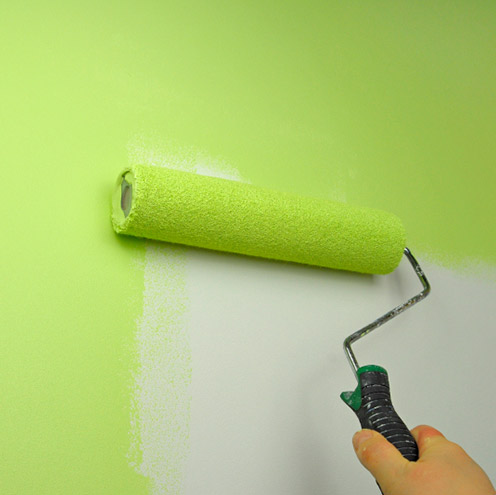Coverage Rates Explained
KNB0003
The theoretical coverage rates shown on HMG Technical Data Sheets are calculated from the solids content by volume and are relevant to application onto a non-porous surface. Each product is individual and has a particular coverage rate; even different colours of the same product may have different coverage rates dependant on the amount of pigmentation.

18/05/2006 06:08:44
The figure given is the coverage rate that would be obtained if the coating were to be applied to a flat surface to the specified Dry Film Thickness (DFT). This figure is the basis by which the user may estimate the required amount of paint for any given application. Normal DFT would be expected under normal application conditions. It is often necessary to vary the DFT, within certain limits, to meet the requirements of an individual specification. The actual DFT that a coating is to be applied to is generally defined in the painting specification. If the surface to be coated is not smooth and non-porous, then it may not be possible to compensate for the roughness of the surface, and in this eventuality further coats may be required to achieve the required DFT as laid out in the Paint specification.
This particularly applies to primers that are often applied to uneven or rough surfaces. It should be noted that in situations where an increased wet film is required, it is always possible that the film may suffer from solvent retention, retarded curing or sagging on vertical surfaces. When attempting to estimate the coverage rate of paint it is necessary to allow for such factors as:
Profile of the substrate
The surface to be coated will always have a degree of roughness. This may be natural, such as with a wooden surface, it may be corroded as with rusted ferrous metal, it may also be due to abrasive blasting or other forms of surface preparation. All of these factors play a part in determining the amount of paint required to coat the surface. This, of course, has a greater effect on first coats rather than on an entire paint specification.
Application methods
Application of paint by spray is generally considered to be more wasteful than other methods such as brush or roller, where little is lost. The greatest losses caused by spray application are due to overspray or lack of transfer efficiency from the spray gun to the object that is being coated.
Acceptable wastage
This would be considered to be such occurrences as drips from brushes or rollers, paint left in spray pipelines, paint left in brushes or rollers after a job is finished or paint left in pots or drums, etc.
Substrate accessibility
If the surfaces to be coated are difficult to access then it would be expected that losses would occur. Similarly, if the substrate is obscured or obstructed, wastage should be expected.
Over application
If a minimum DFT is required it is usual for the painter to apply more than that minimum to avoid having to rectify a problem at a later stage. It is generally therefore found that more than the minimum DFT requirements are obtained.